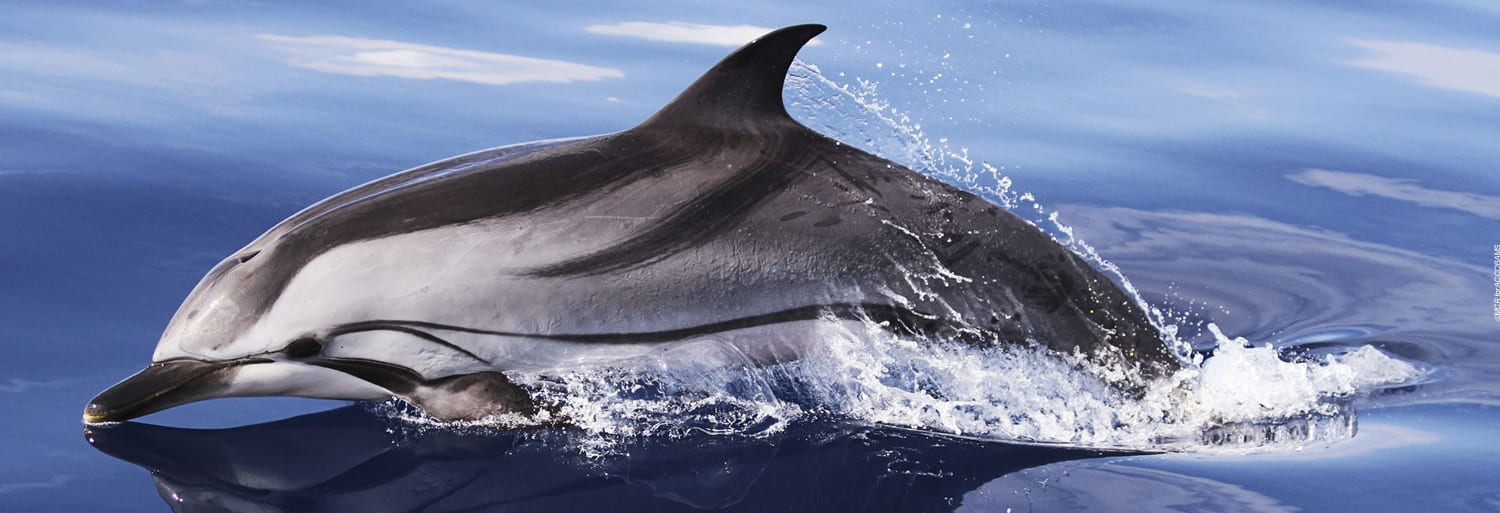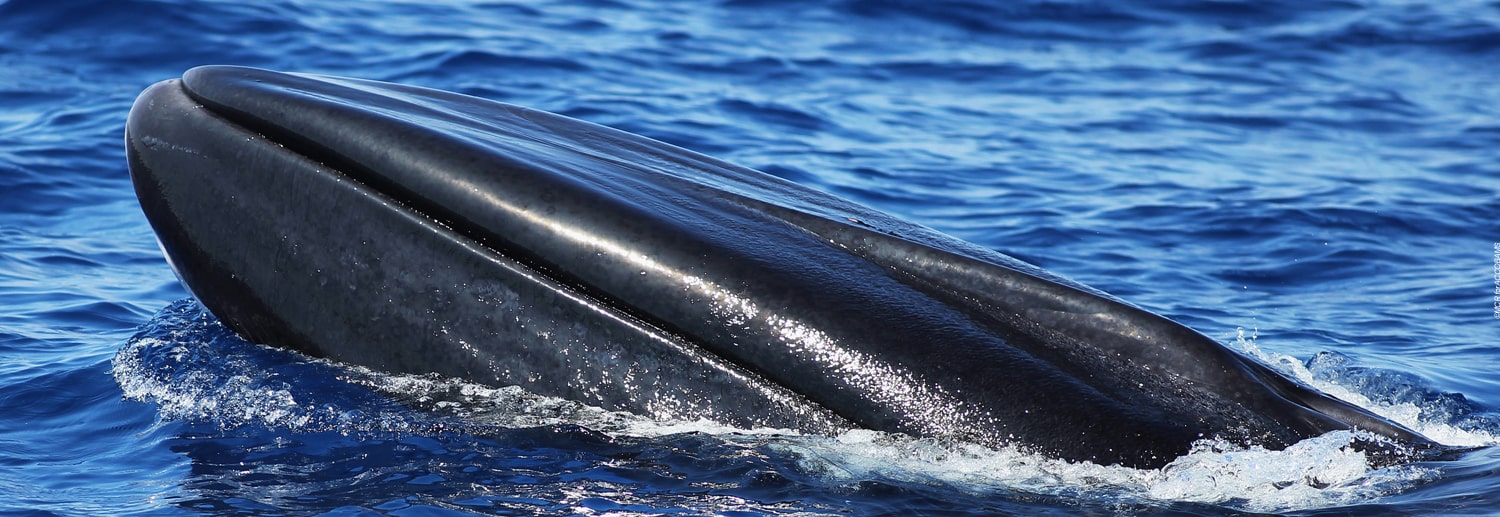Resolutions
2023 – 2025
Compendium of ACCOBAMS Resolutions in force
according to the new ACCOBAMS Strategy
Download the complete compendium
| Section 1: Effectiveness of the Agreement (EA) | ||
| TA1- Concerning the Agreement and its management | ||
| 1.1 – Improve the level of implementation of and compliance with the ACCOBAMS agreement, its amendments and its resolutions, through the involvement of all relevant stakeholders | ||
| 1.2 | Establishment of the Permanent Secretariat for the Agreement on the Conservation of Cetaceans of the Black Sea, Mediterranean Sea and Contiguous Atlantic Area | |
| 1.4 | Establishing the Sub Regional Co-ordination Unit for the Mediterranean Sea and Contiguous Atlantic Area | |
| 1.5 | Establishment of the Sub Regional Co-ordination Unit for the Black Sea | |
| 3.28 | Support to the Secretariat | |
| A/4.1 | Amendments: Extension of the ACCOBAMS geographical scope | |
| 4.2 | Approval of the Headquarter Agreement with the Host Country | |
| 4.24 | ACCOBAMS Strategy (period 2013-2023) | |
| 5.1 | ACCOBAMS long term strategy 2014-2025 | |
| 6.2 | Amendment to the Headquarters Agreement with the Host Country | |
| 6.4 | Amendments to the rules of procedures to the Bureau | |
| 6.10 | Acceptance of the Amendments on the Extension of the ACCOBAMS Geographical Scope | |
| 7.2 | Functional structure and Personnel of the ACCOBAMS Permanent Secretariat | |
| 7.3 | Recruitment procedure for the Executive Secretary | |
| 7.4 | ACCOBAMS Strategy | |
| 8.2 | Work Programme & Budget for the 2023-2025 triennium | |
| 8.3 | Scientific Committee | |
| 8.9 | Driftnets | |
| 8.13 | National Action Plans | |
| 8.22 | Date and Venue of the Ninth Session of the Meeting of the Parties | |
| 8.23 | Tribute to Organisers | |
| 1.2- Assist the other instruments or organisations that tackle more specific issues (such as fisheries, navigation, tourism) or more general ones (such as pollution, climate change) with an impact on the conservation of cetaceans or of their habitats | ||
| 2.2 | Strengthening Links with UNEP and CMS | |
| 2.22 | Relation with IUCN-ACCOBAMS Strategy (period 2013-2023) | |
| 2.30 | Recognizing the Important Role of Non-Governmental Organizations (NGOs) in Cetacean Conservation | |
| 3.8 | Strengthening Collaboration with the General Fisheries Commission for the Mediterranean | |
| 4.8 | Contribution from ACCOBAMS to the implementation of the Marine Strategy Framework Directive | |
| 5.8 | Rio + 20: perspectives for the ACCOBAMS | |
| 6.11 | A Strategical Alliance concerning Management and Conservation Measures for the Mediterranean Environment between the Secretariats of ACCOBAMS, GFCM, UNEP/MAP through SPA/RAC, and IUCN-Med, in Collaboration with MedPAN | |
| 6.12 | Implementation of the EU Marine Strategy Framework Directive (MSFD) and Relevant Ecosystem Approach Processes (EcAP) | |
| 7.9 | ACCOBAMS Partner | |
| 7.17 | Global post 2020 biodiversity framework: ACCOBAMS mobilizationAcceptance of the Amendments on the Extension of the ACCOBAMS Geographical Scope | |
| 1.3- Monitor the progress in all the sectors of activities of the Agreement and propose the necessary adjustment | ||
| 1.8 | Establishment of a triennial national report format for the Agreement on the conservation of cetaceans of the Black Sea, Mediterranean Sea and contiguous Atlantic Area | |
| 3.7 | ACCOBAMS online reporting system | |
| 5.4 | ACCOBAMS Follow-up Procedure | |
| 6.8 | Amendments to the Follow-up Procedure | |
| 6.9 | Format for National Implementation Reports | |
| 8.8 | Follow-up Procedure | |
| TA2- Concerning the funding | ||
| 2.1- Develop, implement and review as needed a funding strategy, for the management of the agreement, for enhancement the communication and awareness, for the improvement of knowledge, for the development of conservation activities and for the upgrade of local, national and regional capacities | ||
| 1.7 | Establishment of a Supplementary Conservation Grants Fund | |
| 7.5 | ACCOBAMS Funding Strategy | |
| 8.4 | Procedure for projects submitted for institutional support | |
| 8.5 | Procedure for the ACCOBAMS call for proposals for projects to be funded under the Supplementary Conservation Grants Fund | |
| TA3- Concerning the enhancement of capacities for conservation of cetaceans | ||
| 3.1- Develop, implement and monitor a capacity enhancement plan | ||
| 2.11 | Facilitation of Scientific Research Campaigns and Programs | |
| 3.9 | Guidelines for the Establishment of a System of Tissue Banks within the ACCOBAMS Area and the Ethical Code | |
| 4.19 | Model measures for the conservation of cetaceans | |
| 6.23 | Capacity Building | |
| TA4- Concerning the communication and awareness | ||
| 4.1- Develop, implement and monitor a common communication, information and awareness plan | ||
| 1.14 | Adopting a Logo for the Agreement and Conditions of its Use | |
| 2.23 | Education Strategy and Programs | |
| 4.21 | ACCOBAMS Logos: Conditions of Use | |
| 8.6 | ACCOBAMS Communication Strategy 2023-2028 | |
| 8.7 | NETCCOBAMS | |
| Section 2: Conservation Actions (CA) | ||
| TA5- Concerning the improvement of knowledge for conservation | ||
| 5.1- Centralize, organize and disseminate the existing knowledge on cetaceans, their habitat, the pressures and impacts, the national institutions, legislations and capacities | ||
| 4.18 | Guidelines on the granting of exceptions to Article II, paragraph 1, for the purpose of non-lethal in situ research in the Agreement area | |
| 6.13 | Comprehensive Cetacean population estimates and distribution in the ACCOBAMS Area | |
| 8.12 | IUCN Red List Status of cetacean species in ACCOBAMS Area | |
| 5.2- Identify the gaps in knowledge and propose actions or programmes to improve the knowledge on cetaceans | ||
| 2.28 | On the Promotion of Photo-Identification Activities | |
| 6.14 | Population Structure Studies | |
| 8.10 | ACCOBAMS Long Term Monitoring Programme | |
| 8.11 | Cetacean Population Genetics | |
| TA6- Concerning the development of conservation activities and of management measures | ||
| 6.1- Identify the pressures on cetaceans and propose measures to reduce the impacts on the species or their habitats | ||
| 6.1.1 Interaction with fisheries | ||
| 2.12 | Guidelines for the Use of Acoustic Deterrent Devices | |
| 2.13 | Pelagic Gillnets | |
| 2.21 | Assessment and Mitigation of the Adverse Impacts of Interactions between Cetaceans and Fishing Activities in the ACCOBAMS Area | |
| 2.25 | Prey Depletion | |
| A/3.1 | Amendment of the Annex 2 to the Agreement on the Conservation of Cetaceans of the Black Sea, Mediterranean Sea and Contiguous Atlantic Area Related to the Use of Driftnets | |
| 4.9 | Fisheries Interactions with Cetaceans | |
| 8.16 | Interactions between Fisheries and Cetaceans | |
| 6.1.2 Anthropogenic Noise | ||
| 2.16 | Assessment and Impact Assessment of Man-Made Noise | |
| 3.10 | Guidelines to Address the Impact of Anthropogenic Noise on Marine Mammals in the ACCOBAMS Area | |
| 5.15 | Addressing the Impact of Anthropogenic Noise | |
| 6.17 | Anthropogenic Noise | |
| 6.18 | Implementation of an ACCOBAMS Certification for Highly Qualified Marine Mammals Observers | |
| 7.13 | Anthropogenic Noise | |
| 8.17 | Anthropogenic Noise | |
| 6.1.3 Ship Strikes | ||
| 7.12 | Ship Strikes | |
| 8.18 | Ship Strikes | |
| 6.1.4 Cetacean Watching | ||
| 3.23 | Commercial Whale-Watching: Towards a Label | |
| 4.7 | Guidelines for Commercial Cetacean Watching Activities in the ACCOBAMS Area | |
| 6.20 | Commercial Cetacean Watching Activities in the ACCOBAMS Area | |
| 8.19 | Commercial cetacean-watching activities in the ACCOBAMS Area | |
| 6.1.5 Climate Change | ||
| 4.14 | Climate Change | |
| 6.1.6 Captivity and release | ||
| 3.13 | Dolphin Interaction Programmes | |
| 3.20 | Guidelines on the Release of Cetaceans into the Wild | |
| 5.14 | Live Removals of Bottlenose Dolphins in the Black Sea (Tursiops truncatus) | |
| 6.1.7 Functional Stranding Networks and Responses to Emergency Situations | ||
| 1.10 | Cooperation between National Networks of Cetacean Strandings and the Creation of a Database | |
| 2.10 | Facilitation of Exchange of Tissue Samples | |
| 3.25 | Cetacean Live Stranding | |
| 4.16 | Guidelines for a Coordinated Cetacean Stranding Response | |
| 6.22 | Cetacean Live Strandings | |
| 7.14 | Best practices in monitoring and management of cetacean stranding | |
| 8.15 | Cetacean Stranding Networks | |
| 6.1.8 Marine Litter | ||
| 8.20 | Marine Litter and Chemical Pollution | |
| 6.2- Identify cetaceans’ critical habitats and based on the existing pressures propose changes in the national legislation (environment, fisheries, maritime transport, etc.) and support the implementation of area-based conservation measures | ||
| 6.2.1 Species Conservation Plans | ||
| 1.12 | Conservation of the Black Sea Tursiops truncatus : Bottlenose Dolphin | |
| 3.11 | Conservation Plan for Black Sea Cetaceans | |
| 4.13 | Conservation of the Mediterranean Short-Beaked Common Dolphin | |
| 5.12 | Work Towards a Conservation Plan for Fin Whales in the Mediterranean Sea | |
| 5.13 | Conservation of Cuvier’s Beaked Whales in the Mediterranean | |
| 6.21 | Species Conservation and Management Plans | |
| 8.14 | Conservation Management Plans | |
| 6.2.2 Protected Areas for Cetaceans | ||
| 3.22 | Marine Protected Areas for Cetaceans | |
| 4.15 | Marine Protected Areas of Importance for Cetacean Conservation | |
| 6.24 | New Areas of Conservation of Cetacean Habitats | |
| 6.2.3 Citizen Science | ||
| 8.21 | Citizen Science | |





